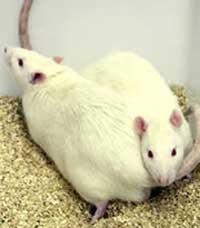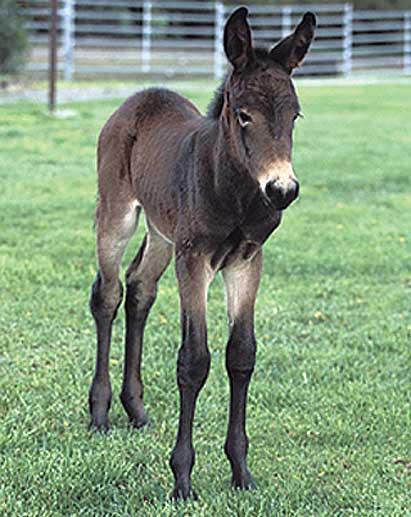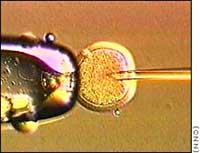Ralph, the first cloned rat
2003/09/29 Kortabitarte Egiguren, Irati - Elhuyar Zientzia
So far sheep, mice, pigs, cats, commands, horses, etc. cloned quite ‘easily’. However, the path followed in this rat cloning has not been so simple, since the traditional technique of introducing the genetic material of an adult cell into an egg without a nucleus to develop an embryo with certain genetic characteristics, stopped working. Unlike human mice or eggs, rat eggs begin to fragment rapidly and researchers did not have enough time to introduce DNA. Therefore, the basic step stopped working.

Thus, the experts used the chemical MG132 to avoid these divisions, which allowed blocking the activation of the eggs for more than 3 hours, enough time to introduce the genetic material into a nucleus-free egg. Of these embryos cloned by experts, 129 were taken and introduced into two females. One was caught and had three cloned children, even though one died in the short term. The other two have the opportunity to live and enjoy more time.
According to experts, in some cases it can be a breakthrough. Rats are larger than mice, making them easier to handle and more suitable models for certain diseases.

Gai honi buruzko eduki gehiago
Elhuyarrek garatutako teknologia






